National Museum of Korea – A Short Review
Had enough of clothing stores, cosmetic shops, and face-mask shops in Seoul? Well, I did and luckily I managed to seek refuge at the National Museum of Korea for a morning. This is the largest museum in South Korea and showcases the fascinating history and art of Korea. It is located in Yongsan, Seoul.
Beautiful Surroundings
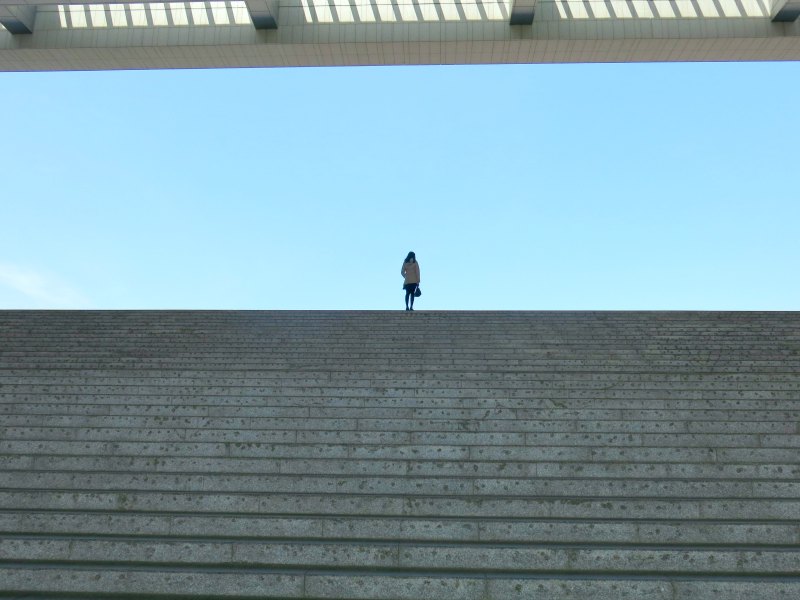
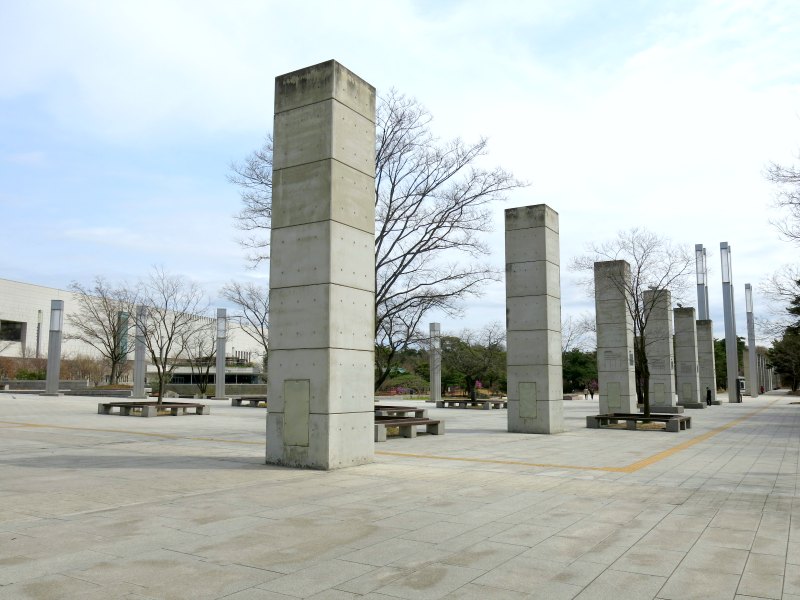
How did the Museum come about?
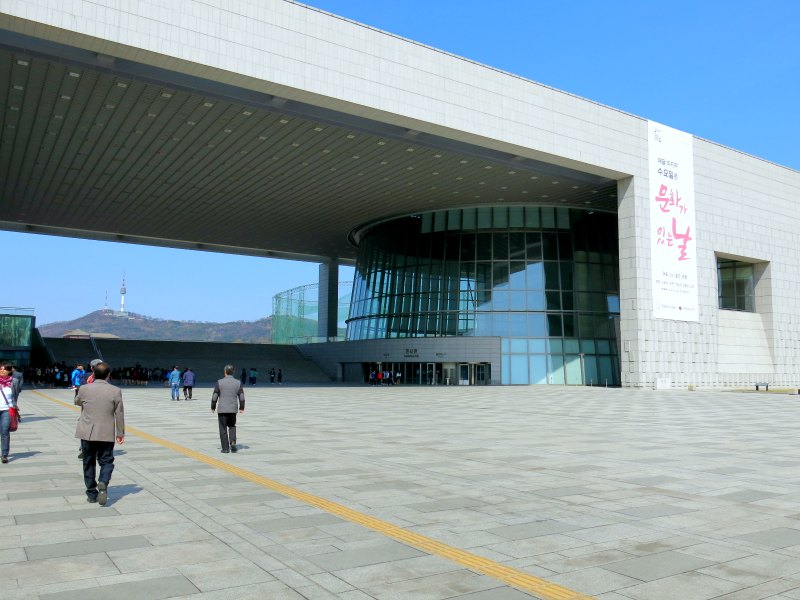
After Japan was defeated in 1945, Korea took over the Joseon Government-General Museum and renamed it the National Museum of Korea. The museum also consisted of collections from the Imperial Household Museum.
In 2005, the museum moved to its present day location at Yongsan Family Park. Since then it has attracted over 20 million visitors!
First Floor – Prehistoric to Early Modern History
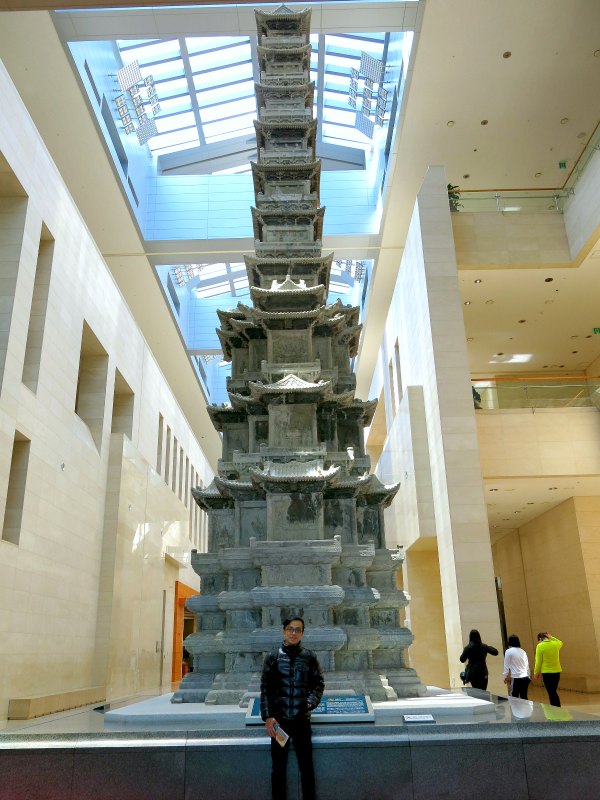
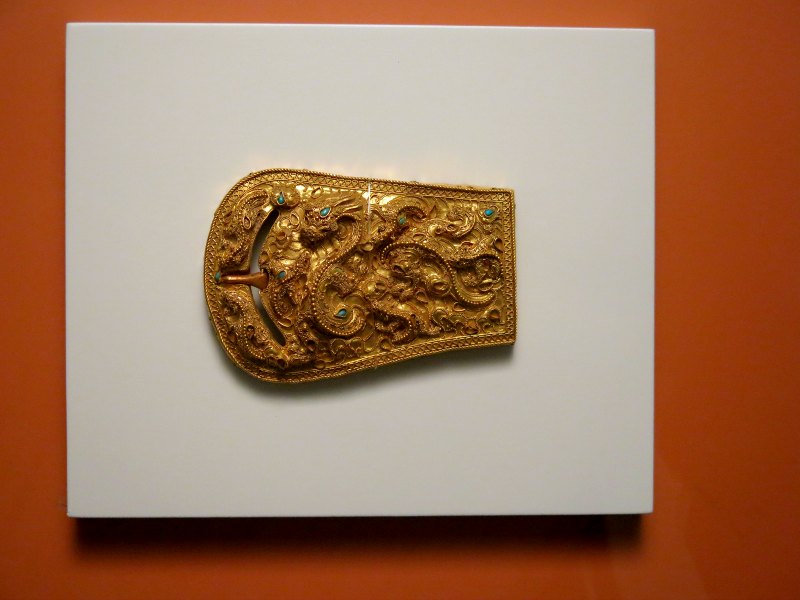
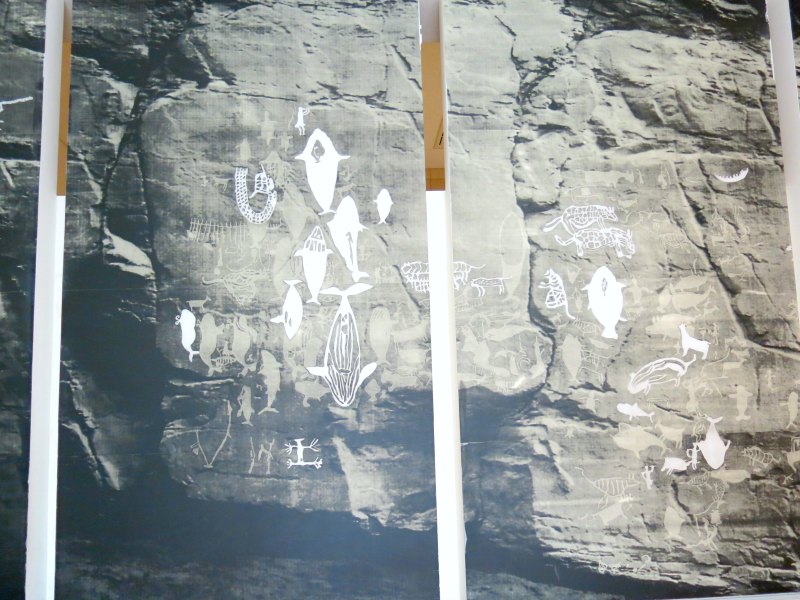
I also viewed artifacts from the bronze age to early modern history era. These included bronze accessories, coins, royal gold ornaments, stone monoliths, medieval writings, Buddhist statues, imperial seals, and many others.
I did a bit of research and here’s a shortened version of Korea’s prehistoric to early modern history:
Really long ago to 1500 BC: Prehistoric Era.
1500 BC to 57 BC: Bronze Age, Iron Age, formation of Silla Kingdom, formation of Goguryeo Kingdom, formation of Baekje Kingdom.
57 BC to 668 AD: Three Kingdoms of Korea (Silla, Goguryeo, Baekje) Era. During this period, most other small states had already been conquered and absorbed by either one of the three main kingdoms.
668 AD to 935 AD: Unified Silla Era. The Silla kingdom managed to conquer the two other kingdoms of Goguryeo and Baekje, hence giving rise to the start of the Unified Silla era. However, another major kingdom arose in the north, known as Balhae.
918 AD to 1392 AD: Goryeo Kingdom Era. The Goryeo kingdom, formed in 918, managed to conquer all other kingdoms, forming the first unified state of the Korean peninsula.
1392 AD to 1897 AD: Joseon Kingdom Era. This kingdom was later renamed the “Korean Empire” in 1897, but eventually fell to the Japanese in 1910.
Second Floor – Korean Paintings, Buddhist Art, Calligraphy
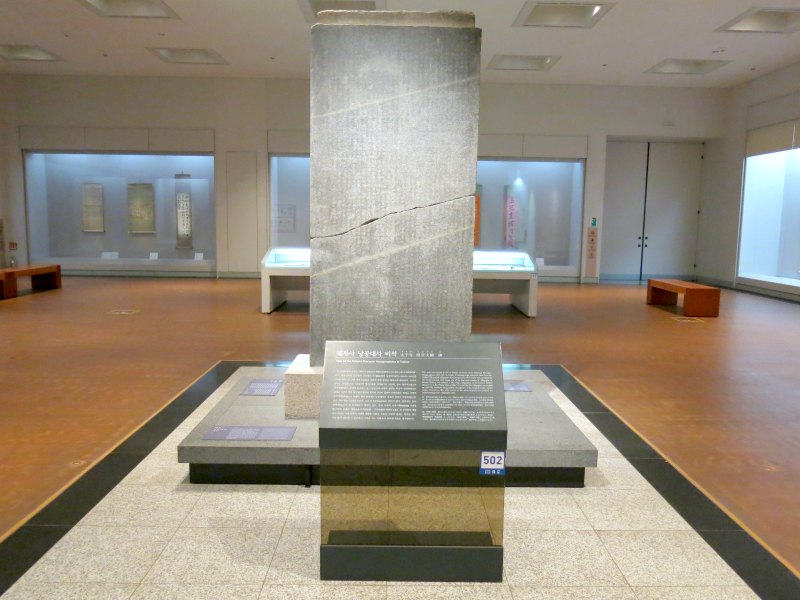
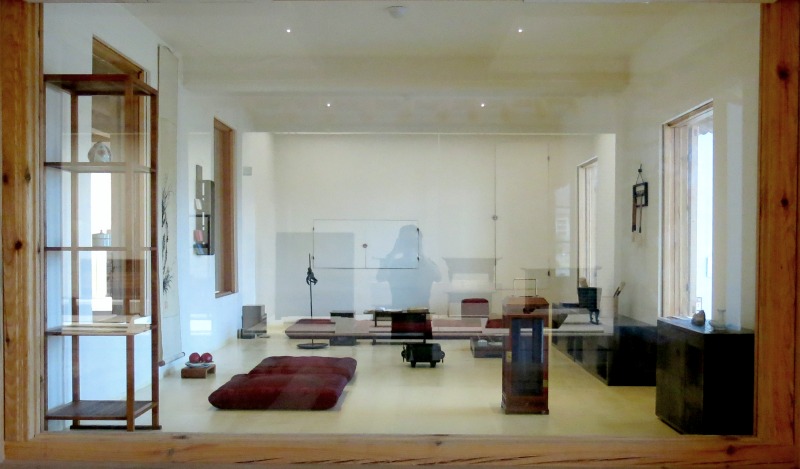
On the second floor, I spent time admiring beautiful Korean paintings, Buddhist art, and calligraphy.
I was especially in awe of the Buddhist Hanging Scroll at Gaeamsa Temple, which is a massive painting of the Buddha that is 13.17 meters tall! This sort of giant painting is known as a gwaebul. It was painted by the monk painter Uigyeom and 12 other assistant painters, along with assistance from 191 helpers! During the late Joseon era, the gwaebul was commonly used in funeral rituals to pray for the soul’s rebirth in paradise.
It was also quite an experience to visit the Sarangbang (Scholar’s Studio). This is a mock-up of a typical room used by a scholar during the Joseon era. Sarangbang was a room for the male while Anbang referred to a space for the female.
I have always been interested in classical studies, so it was interesting for me to learn that the Joseon scholars were advocates of Confucianism. Other than studying Confucius teachings, they also engaged in poetry, calligraphy, music and painting as part of their personal cultivation.
As a result of this classical education, the Sarangbang is designed in a clean and minimalistic manner. Instead of focusing on materialistic and unessential items, the scholars preferred to use simple furniture to create an elegantly designed space.
I recommend all guys who’ve had to endure countless face-mask shops, cosmetic shops and female clothing stores to come here as a form of therapy; jokes aside, it was indeed quite surreal to experience such minimalism after so many days of shopping in the busy streets of Seoul.
Third Floor – Buddhist Sculptures, Metal Arts, Ceramics
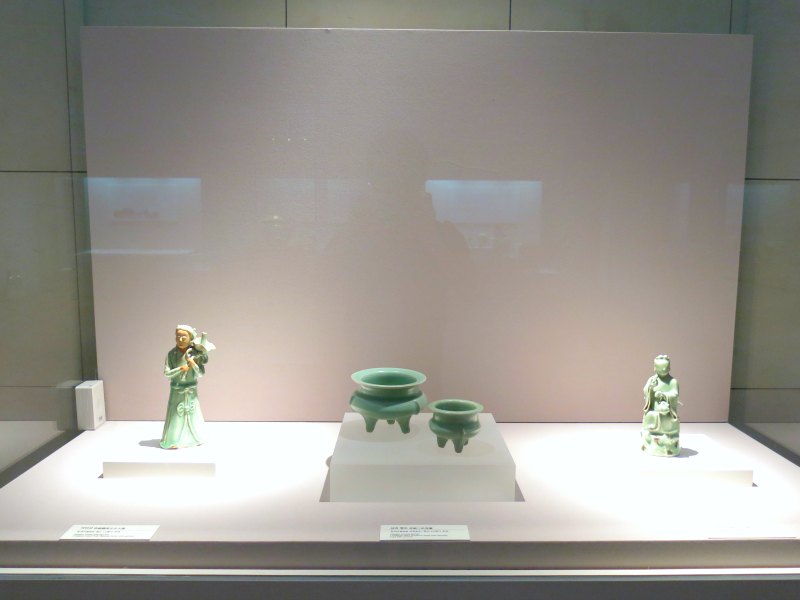
Fun Facts
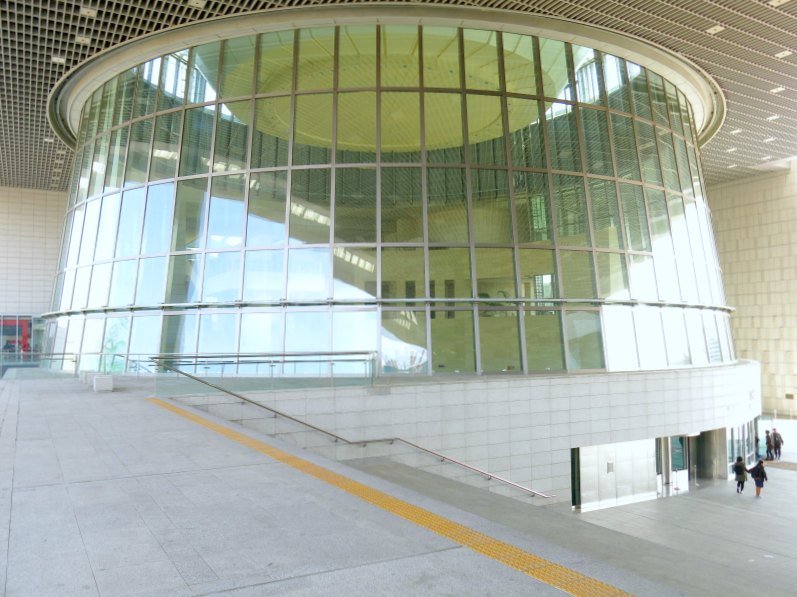
1. The museum is the sixth largest museum in the world.
2. The building can withstand a magnitude 6.0 Richter Scale earthquake
3. The building faces south, with a lake in front (water) and mountains behind. This is in accordance with traditional Korean architecture rules.
4. The museum contains about 310,000 pieces of artifacts, with 15,000 pieces on exhibition at any one time.
An Awesome Museum!
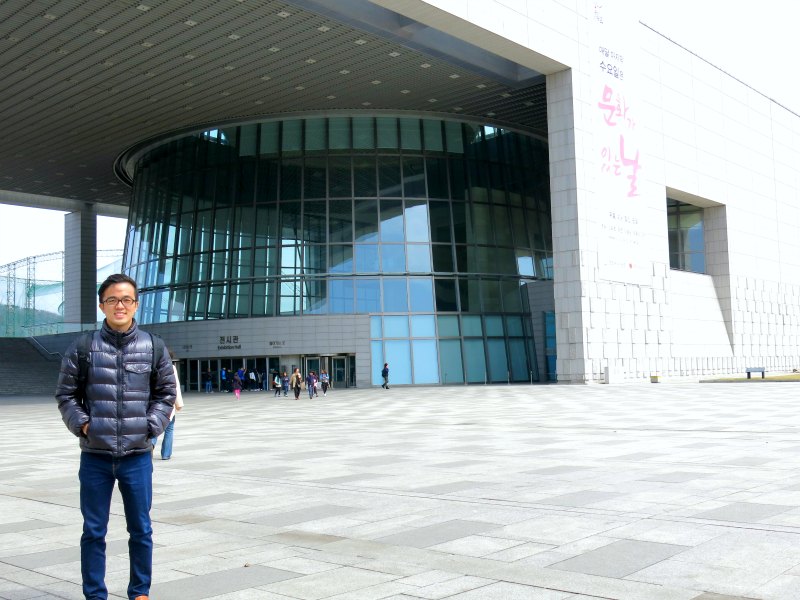
Directions
We got to the museum by taking the metro to Ichon Station (line 4 or Jungang line). We went out from Exit 2, and walked for about five minutes to reach the museum. Check out the Google Maps directions to the National Museum of Korea. Below is the museum marked on a map to give you a rough idea of its location.
National Museum of Korea
Address: 137 Seobinggo-ro, Yongsan-gu, Seoul, 04383, Republic of Korea
Number: +82-2-2077-9000
Opening Hours: | Closed on Mondays | Tue, Thu, Fri: 9am to 6pm | Wed, Sat: 9am to 9pm | Sun, PH: 9am to 7pm |
Admission Fees: Free for permanent exhibitions (all the exhibitions mentioned in this article are permanent)
This article is part of our completely free and fantastic Ultimate Seoul Travel Guide. Why spend days researching when all your holiday information is simply a click away?

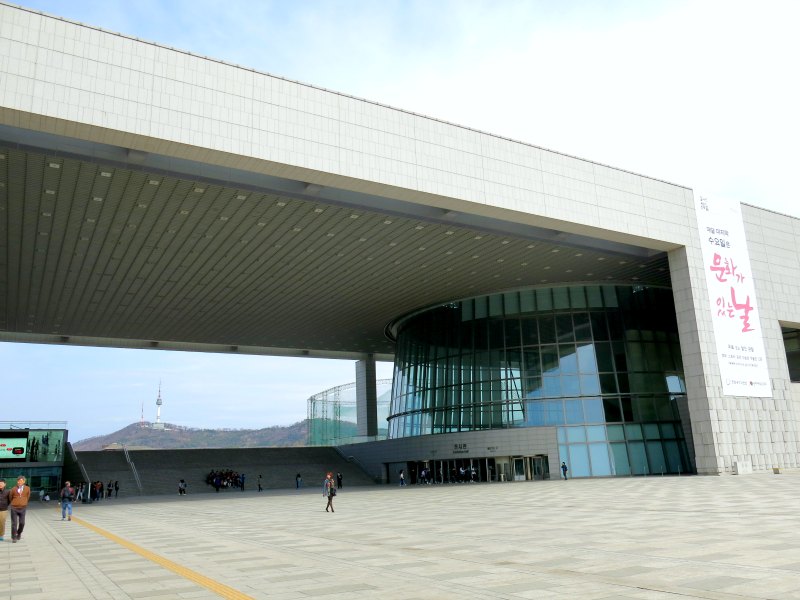
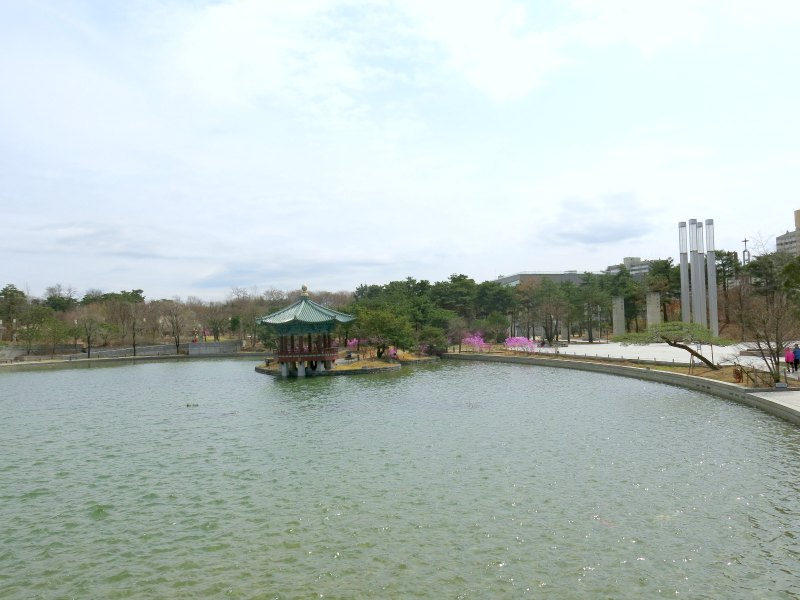
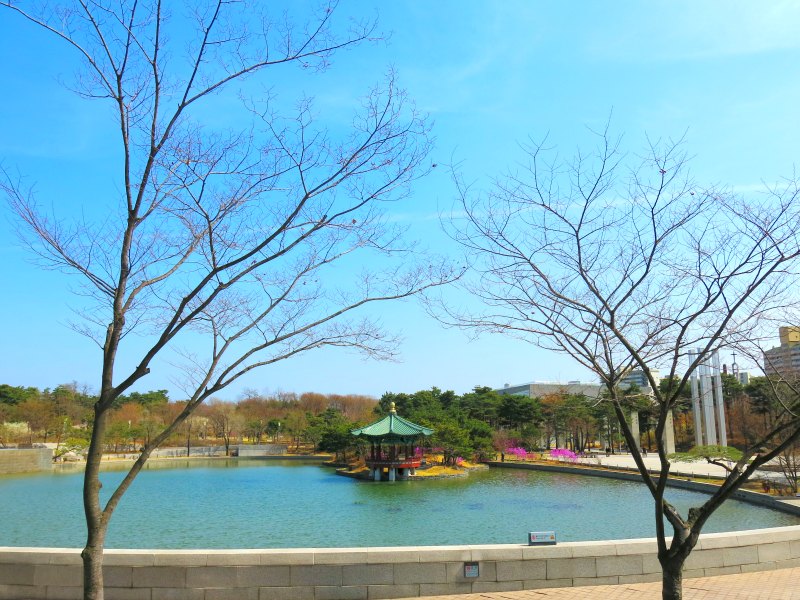
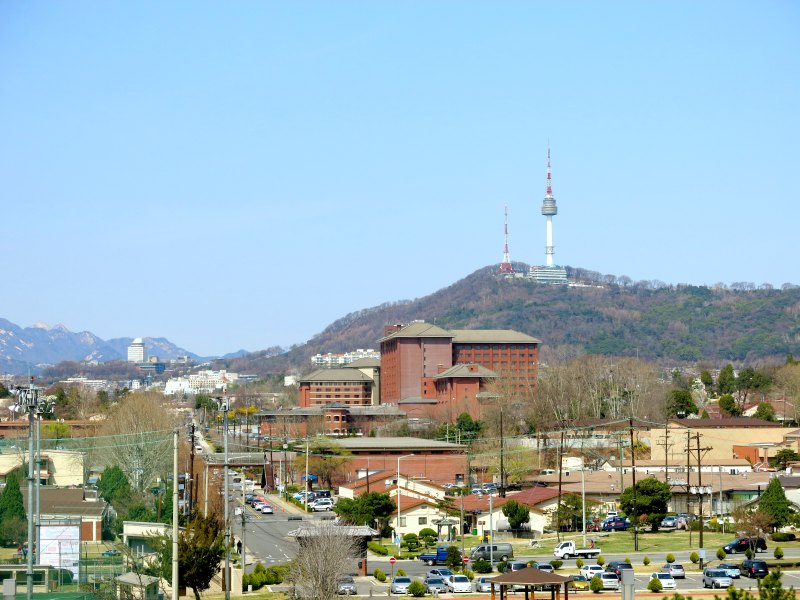

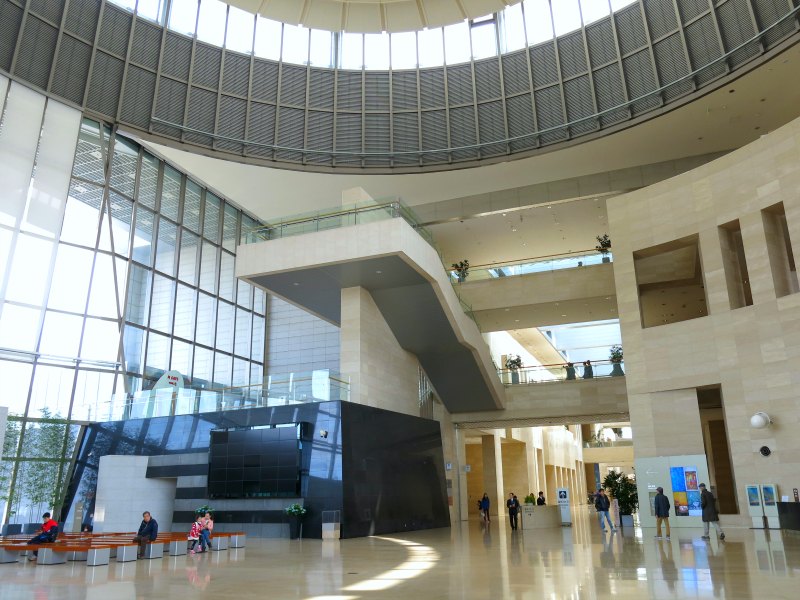
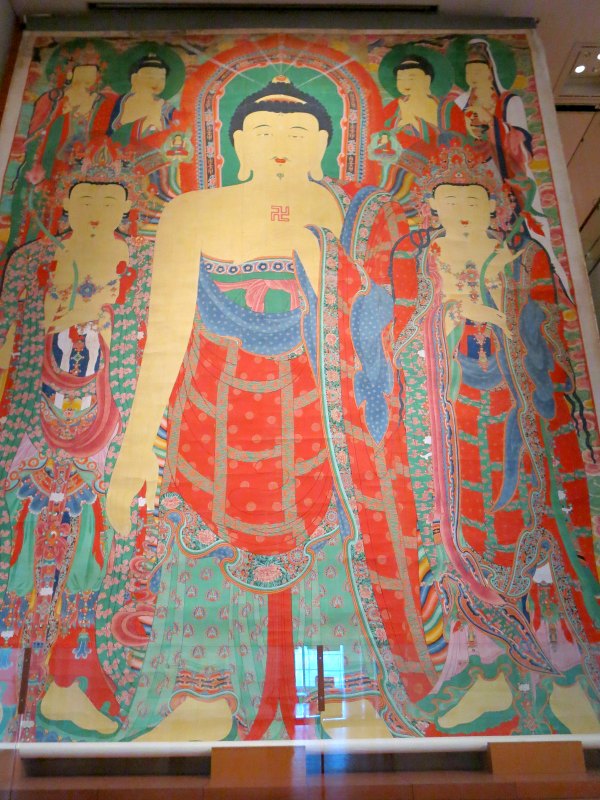
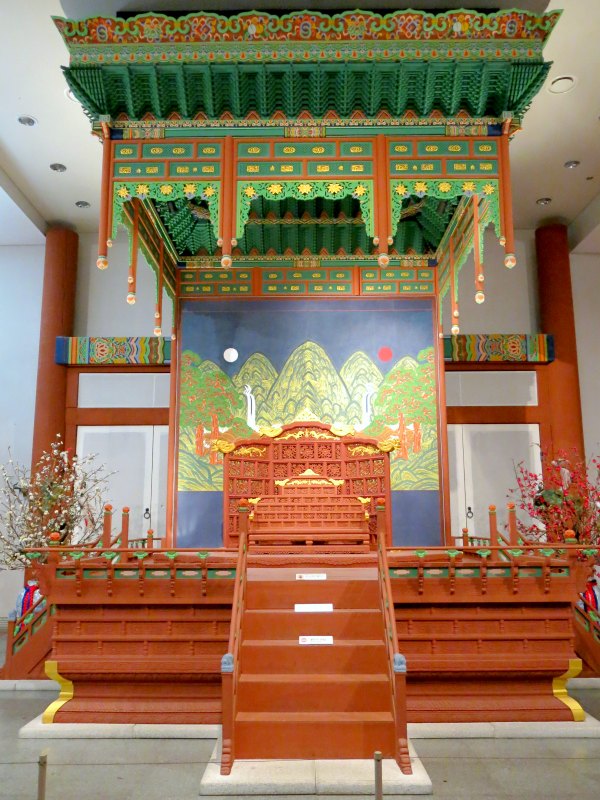
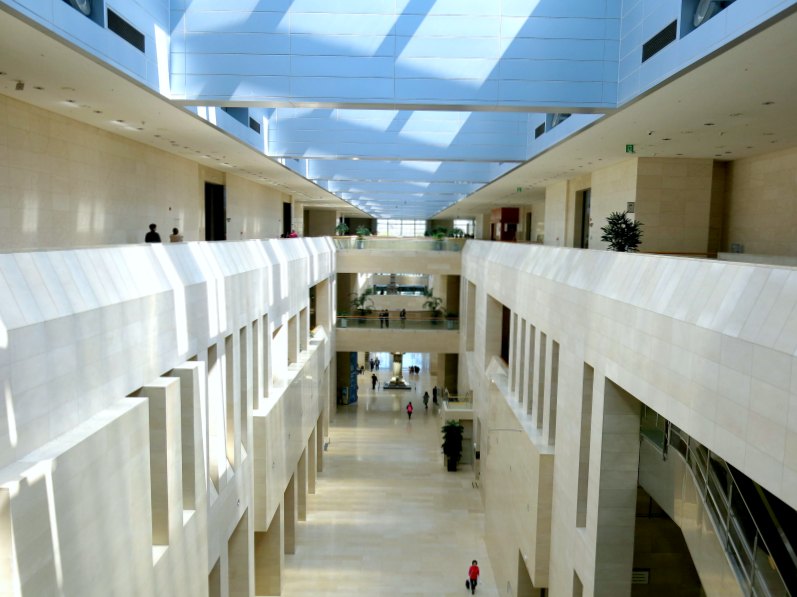
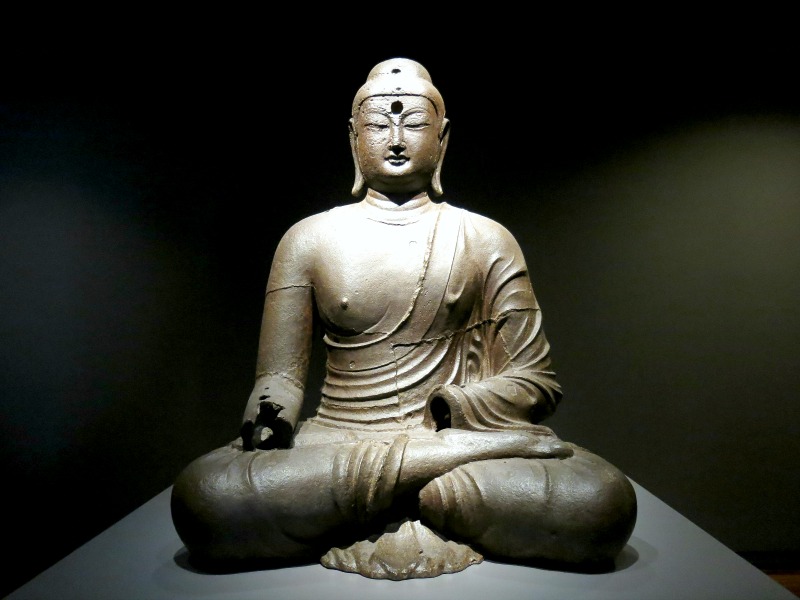
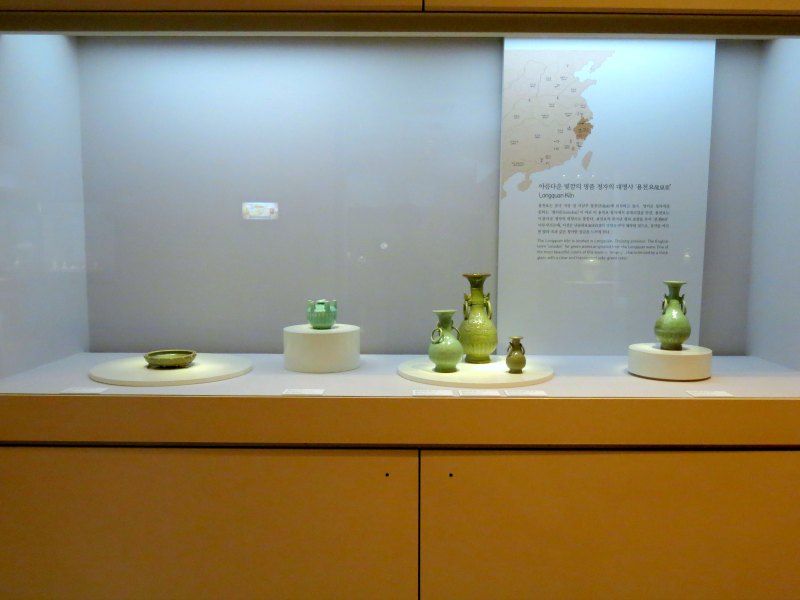
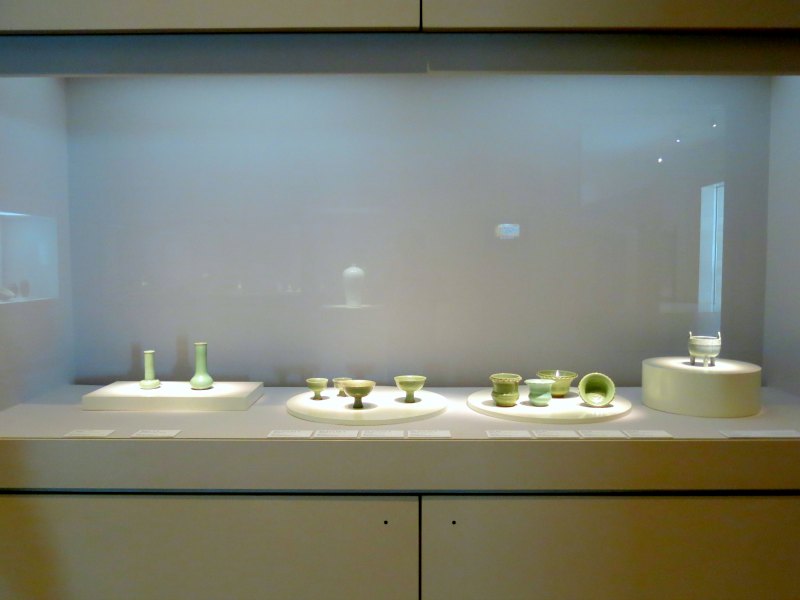
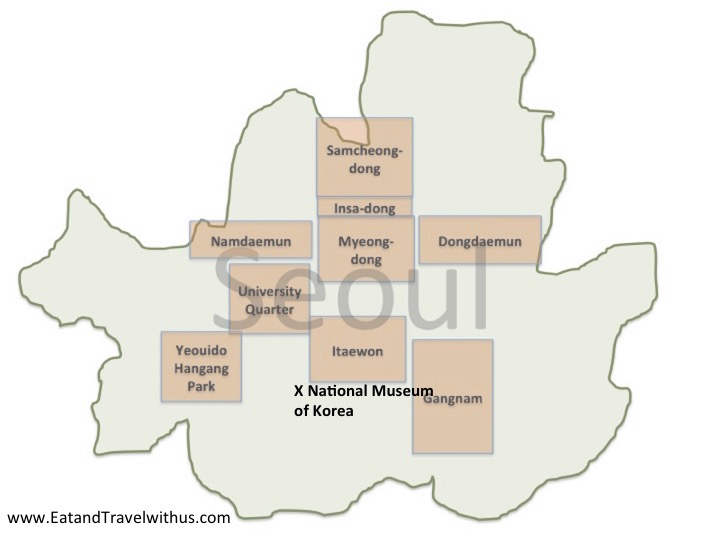
1 Comments and Questions
I have 3 items given to me by President Roh as a gift and souvenir and I wish to loan it to your museum to display if you think it is relevant. Please contact me if you are interested. Thank you